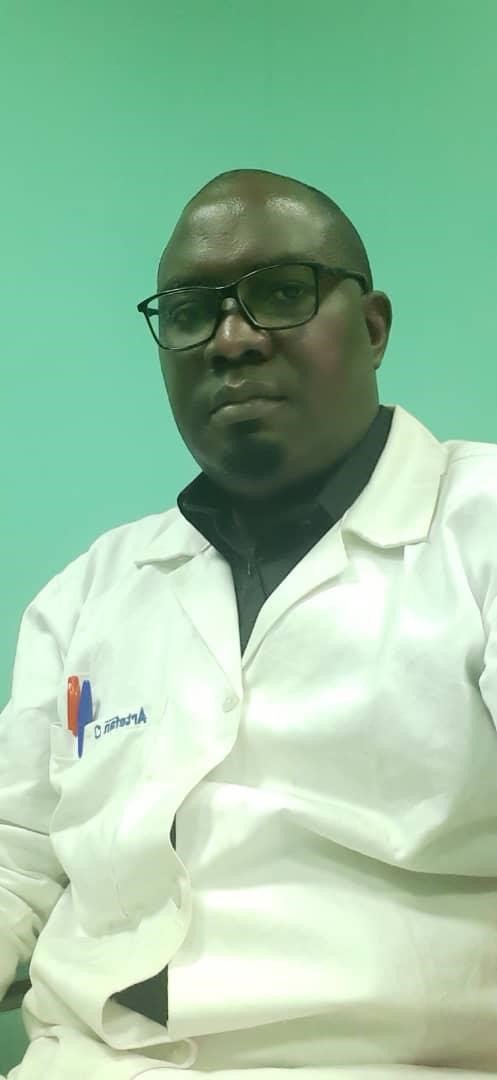A disease of hormonal origin with an estimated prevalence of 4-12%, ovarian atrophy is one of the most common endocrine diseases in women of reproductive age. Dr. Samila Alama Traore, Obstetrician and Gynecologist, Director of Research and Head of Services at Sikasso Hospital.
Mali Tribune: What is ovarian atrophy and how do you know your injury?
Dr. Somila Alama Traoré: Ovarian dystrophy is a complex hormonal disease, a chronic condition characterized by the presence of several hard cysts of varying size on the ovaries, affecting many women. It can affect ovulation in women through menstrual irregularities, excessive hair growth, and being overweight.
Therefore, it is an endocrine disease characterized by an abnormal process that can lead to impaired fertility. This means that the disease can often prevent fertilization in women. It is sometimes diagnosed during infertility screening and the disease is the cause of more than 70% of infertility cases.
Mali Tribune: What are the causes and symptoms of this disease?
Dr. ST: It manifests itself in irregular periods, and is rarely or completely absent at times. There is hypertrichosis, that is, the patient has hair on the chin and neck, but also acne in some cases due to excess testosterone secretion. The cause is not particularly known, but there are factors such as obesity or even hyperandrogenism (the presence of male hormones in a woman) that promote it. It can also be hereditary.
Mali Tribune: Is it possible to get pregnant with dystrophy?
Dr. ST: You can actually get pregnant with ovarian atrophy. If ovarian follicles accumulate without maturing. There can be no ovulation and therefore no fertilization.
Mali Tribune: Is it possible to treat it? If yes, then how?
Dr. ST: Patients are helped to have children while the menstrual cycle is regulated with specific treatment. Thus indications are given to allow the ovarian follicles to mature.
In some cases, osteogenesis antigens are given that promote follicle maturation and pregnancy will be possible in people in a sustainable manner. There are certain hormone-based treatments that can be done to regulate the menstrual cycle and also to help ovulation occur naturally, not to mention surgery. It happens that we do ovarian necrosis (opening the abdomen while trying to empty its follicles) allowing the ovaries to function properly.
The number of small follicles in the ovary will decrease, allowing it to function well. When you get pregnant with dystrophy, you are exposed to some minor complications such as premature birth, gestational diabetes and speech. This risk increases even more in the presence of obesity and overweight.
interview by
Ichato Konare
Comments via Facebook:

“Music guru. Incurable web practitioner. Thinker. Lifelong zombie junkie. Tv buff. Typical organizer. Evil beer scholar.”







More Stories
Why do leafhoppers reflect little light?
Bacteria brought into space mutated and became stronger on board the International Space Station, study finds
Sperm for science used in fertilization: already 16 contacts